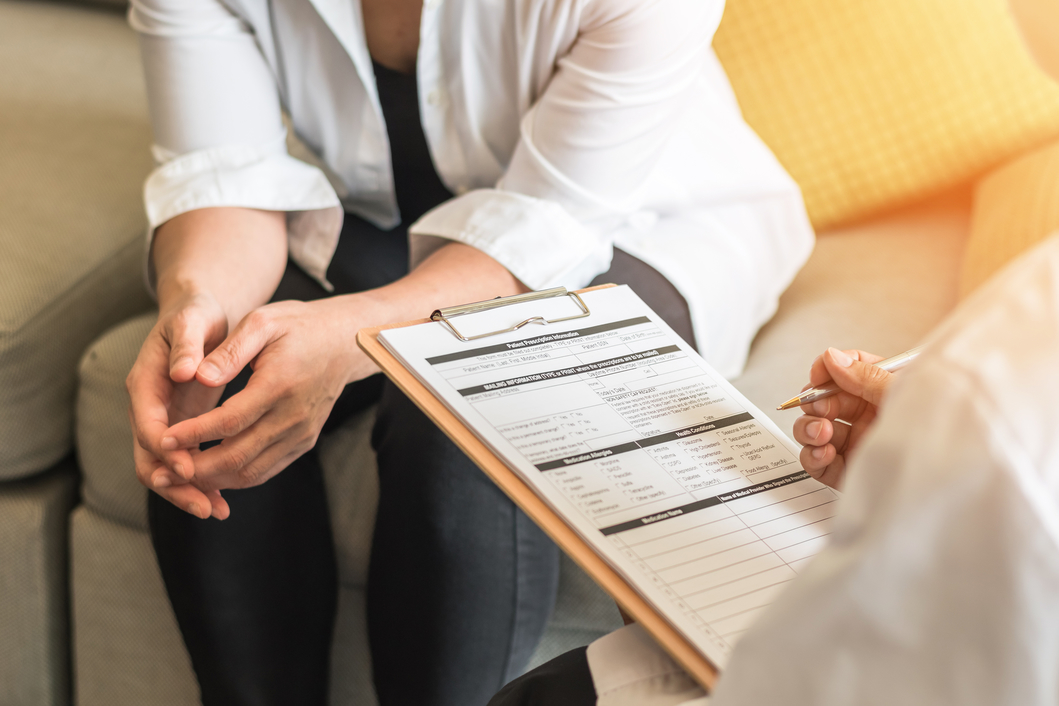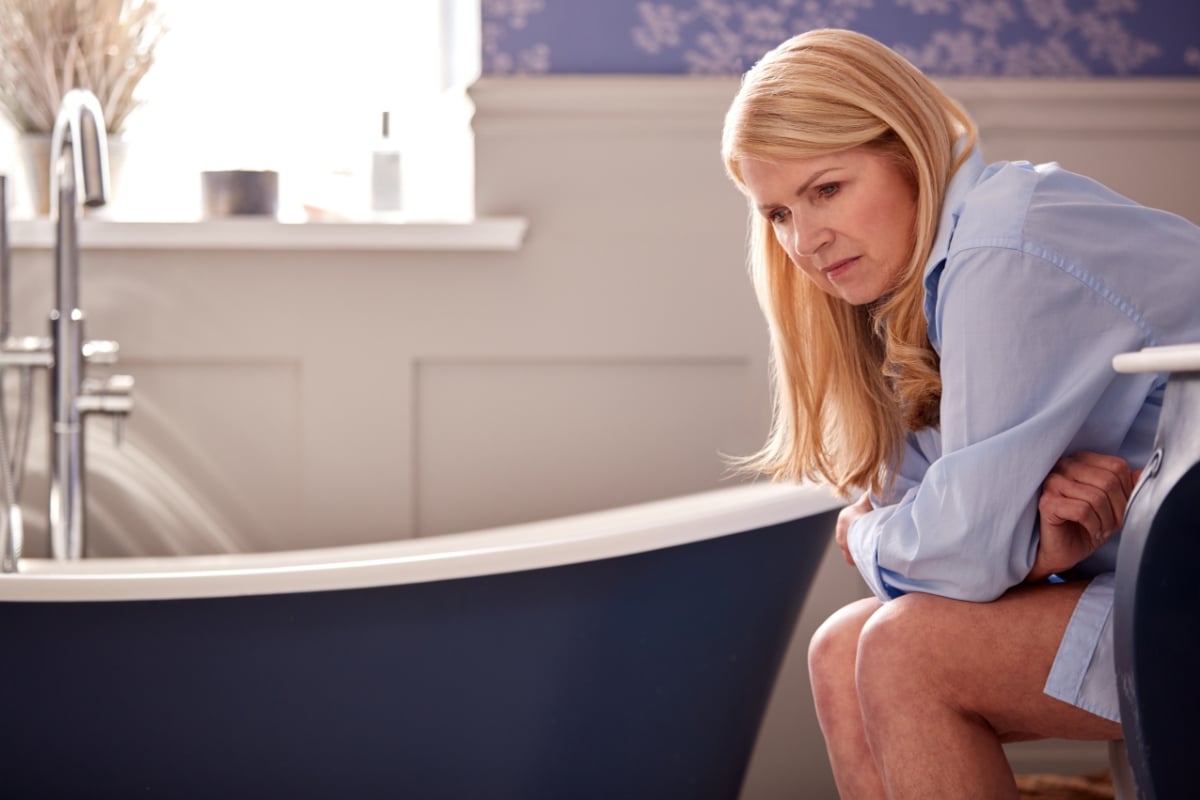
Endometriosis and the pelvic floor: how physiotherapy can help
*This article was originally published by Neurologic Physiotherapy, which is part of the Lifemark family. We are republishing it here with permission.
Endometriosis is a painful disorder that affects up to 10% of all women. However, people who suffer from endometriosis don’t have to live in pain. Hands-on pelvic floor physiotherapy can help people who suffer from endometriosis manage their pain and reduce tightness in the surrounding muscles and connective tissues.
What is endometriosis?
Endometriosis is a disorder in which the lining of your uterus (the endometrium) grows outside of the uterus and onto the other pelvic organs, including the ovaries, fallopian tubes, bladder and colon.
This tissue continues to act as regular endometrial tissue, thickening and shedding on a monthly cycle. However, as it sheds, it is unable to exit the body and it becomes trapped. As it progresses, it may form cysts, or endometriomas, on the pelvic organs.
It also starts to irritate the surrounding organs and tissues, which leads to adhesions and scar tissue, causing the organs to “stick” to each other.
What does endometriosis feel like?

The most common complaint people have is increased or abnormal pain during their period. It can also result in excessive, heavy bleeding with large clots.
Many women with endometriosis complain that they have unmanageable cramps in the days leading up to their periods and that those cramps persist for longer than normal. Women may also experience an increased likelihood of painful bowel movements and urination during their periods.
Endometriosis can also lead to pain with intercourse, or an inability to have penetrative intercourse due to scarring and adhesions of the pelvic organs. Bowel function can be slowed or compromised for the same reason, resulting in persistent constipation and bloating.
It must be noted that painful or heavy periods are not always the best indicator of endometriosis, or its progression. If you think you have endometriosis, it is important to follow up with your primary healthcare provider and confirm the diagnosis.
How can pelvic floor physiotherapy help?

Endometriosis causes adhesions and scar tissue in the abdominal cavity and around the pelvic organs. When the adhesions are pulled, pain can increase. Pelvic floor physiotherapy can help minimize the pulling of adhesions by stretching the muscle tissue and fascia of the abdomen and pelvis via external and internal tissue release.
A pelvic floor physiotherapist can also assist with sexual dysfunction via the use of dilators, stretching techniques, and mindfulness and relaxation to control pain and allow pain-free activities.
If you suffer from painful periods and do not have a diagnosis of endometriosis, it is important to note that pelvic floor physiotherapy can still help. Relaxation, stretching, and muscular release of the abdomen and pelvic floor can help address this monthly annoyance!
If you’d like to schedule an appointment with a physiotherapist, check out our Locations page to find a Lifemark clinic near you or book online.





